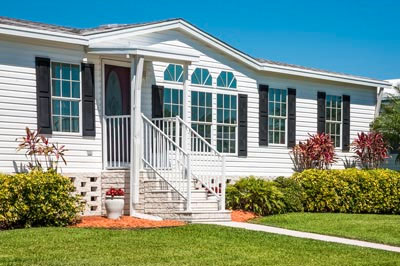×
Exterior
Anchors & TieDowns
Doors & Windows
Coatings & Sealants
Appliance
Tools & Hardware
Interior Trim
Vents & Registers
Plumbing
Electrical
Transport & Safety
Heating & Cooling
RV Catalog...
RV Catalog...
×
Storm Doors
Combination Doors
Outswing Doors
Other Doors
Door Hardware
Windows
Shutters
Window Components
Skylights
×
Water Heater
Faucets
Faucet Components
Sinks
Tub & Shower
Toilets
Fittings & Valves
Tools & Tubing
Freeze Protection
×
Furnace Illustrations
Furnace Components
Furnace Filters & Doors
Heating & Cooling
A/C
Freeze Protection
×
Outdoor & Accessories
Awnings & Covers
LP Gas & Appliance
Electrical & Electronics
Ventilation
Hardware & Doors
Automotive
Cargo & Tow Cleaners & Sealants Fresh Water Sanitation Jacks & Levelers Suspension & Brakes
Mobile Home Catalog...
Cargo & Tow Cleaners & Sealants Fresh Water Sanitation Jacks & Levelers Suspension & Brakes
Mobile Home Catalog...
←
×
- Refrigerators
- Refrigerator Components
- Water Heaters
- Water Heater Components
- Range/Cooktops
- Range Hoods
- Range Hood Components
- Furnaces
- Furnace Components
- Insect Screens
- Washers & Dryers
- Washer & Dryer Components
- Air Conditioners
- Air Conditioner Components
- Appliance Illustrations:
- Water Heater Diagrams
- Furnace Diagrams
- Refrigerator Diagrams
- EXTERIOR
PARTSSkirting
Exterior
Steps
Lawn & Garden
- ANCHOR &
TIE DOWN - DOORS &
WINDOWS - COATING &
SEALANTCoatings & Sealants
- APPLIANCE
PARTSAppliance Assessories
- TOOLS &
HARDWARE - INTERIOR
TRIM - VENTS &
REGISTERSRegisters/Vents & Grilles
Roof & Plumbing
Kitchen & Bath
- PLUMBING
PARTSWater Heater
Tub & ShowerSinks
Toilets
Tools & TubingFaucets
Faucet ComponentsFittings & Valves
- ABS (Drain Pipe)
- PVC (Drain Pipe)
- Qest
- Push-Fit
- Flair-It
- PexLock
- PEX Barb (Brass)
- PEX Barb (Plastic)
- Rubber Couplings
- Valves
Freeze Protection - ELECTRICAL
PARTSSwitches & Outlets
Power Supply
Freeze Protection
- TRANSPORT
& SAFETY - HEATING
& COOLINGFurnace Illustrations
Furnace Filters & DoorsFurnace Parts
Heating & Cooling
- RV/CAMPER
PARTS →
- ← MOBILE
HOME PARTS - OUTDOOR &
ACCESSORIES - AWNINGS
& COVERS - LP GAS &
APPLIANCELP Gas
Appliance
Appliance Parts
Illustrations - ELECTRICAL &
ELECTRONICSElectrical
Electronics
Lighting
- VENTS &
REGISTERS - HARDWARE
& DOORSHardware
Door & Window
Tools
Steps & Ladders
- AUTOMOTIVE
CARGO & TOWAutomotive
Carriers & Haulers
- CLEANERS
& SEALANTS - FRESH WTR
PLUMBINGFresh Water
Faucets
Faucet ComponentsFittings & Valves
- PEX Barb (Brass)
- PEX Barb (Plastic)
- Qest Fittings
- Push-Fit Fittings
- Flair-it Fittings
- Pexlock Fittings
- Rubber Couplings
Freeze Protection - SANITATION
PLUMBING - JACKS &
LEVELERSJacks, Couplers Levelers
- SUSPENSION
& BRAKESAxle & Suspension


 If your ceiling is water stained, it's a safe bet you have either a roof leak or a condensation problem. It's important to figure out what type of stain you have before you repair your ceiling.
If your ceiling is water stained, it's a safe bet you have either a roof leak or a condensation problem. It's important to figure out what type of stain you have before you repair your ceiling.